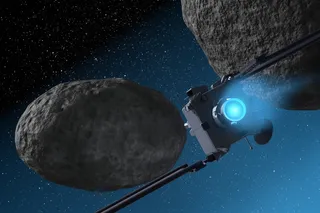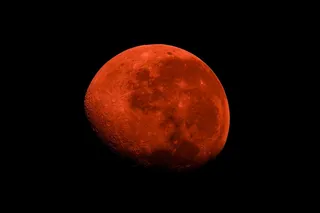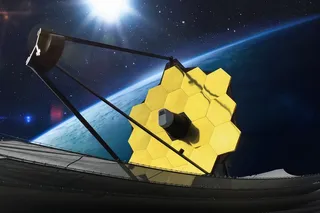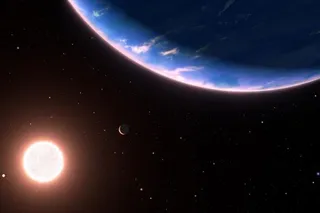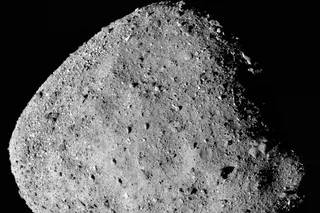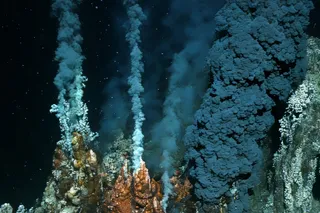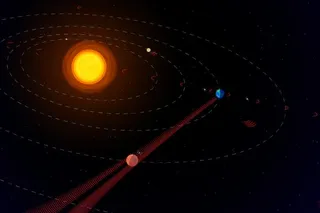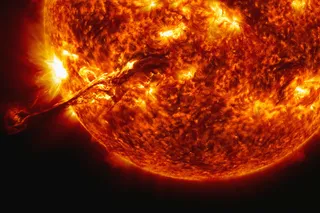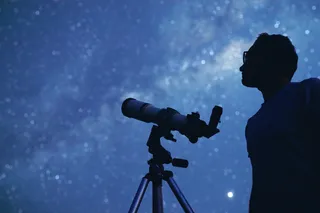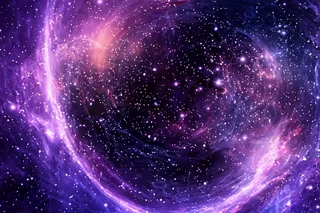One of the things I love about nearby galaxies is the incredible amount of detail we can get when we aim our best telescopes at them. For proof, I offer this amazingly intricate Hubble portrait of Centaurus A:
Isn't that breathtaking? [Click to galactinate and see it in magnificent detail.] Cen A (as those of us in the know call it) is pretty close by as galaxies go, a mere 11 million light years distant. For scale, our own galaxy is 100,000 light years across, and Andromeda, the closest big spiral galaxy, is a hair under 3 million light years away. Cen A is a bit of a mess. It's an elliptical galaxy, which are usually giant cotton balls in space. Calm, quiet, and sedate, they generally possess very little gas and dust and don't form stars. Obviously, Cen A hasn't been keeping up with the neighborhood association rulebook.
In ...


